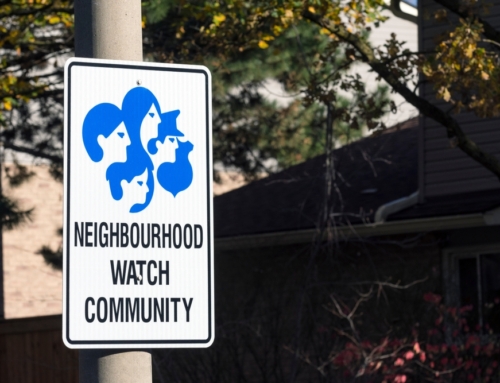Preparing for the Unthinkable
As more shootings take place the threat of an active shooter incident looms as a grim reality. The Gun Violence Archive tracked roughly 645 mass shootings in 2022 and 690 in 2021. There were more than 365 incidents in 2023 according to the database.
From schools and workplaces to public venues and places of worship, no environment is immune to the possibility of such a terrifying event. In the face of this sobering reality, active shooter survival training has emerged as a crucial tool for preparing individuals to respond effectively in the event of an attack. This article delves into the importance of active shooter survival training, its key components, and the role it plays in empowering individuals to survive and protect others in the face of an unthinkable tragedy.
Understanding the Situation
An active shooter incident is characterized by the presence of an individual actively engaged in killing or attempting to kill people in a populated area. These incidents are often unpredictable and evolve rapidly, leaving little time for response. In such high-stress, life-threatening situations, having the knowledge and skills to react swiftly and decisively can mean the difference between life and death.
Building Awareness and Preparedness
Active shooter survival training aims to equip individuals with the tools they need to recognize the signs of an active shooter situation and respond appropriately. Participants learn about the typical behaviors and characteristics of active shooters, as well as strategies for assessing their environment and identifying potential escape routes or hiding places. Through scenario-based training exercises, participants practice making split-second decisions and taking decisive action to protect themselves and others.
Key Components of Active Shooter Survival Training
Active shooter survival training typically covers a range of topics designed to prepare individuals for a variety of scenarios. These may include threat recognition, situational awareness, emergency action planning, and hands-on response tactics. Participants learn how to remain calm under pressure, communicate effectively with law enforcement and emergency responders, and provide first aid to themselves or others if injured.
Creating a Culture of Safety
One of the most significant benefits of active shooter survival training is its role in fostering a culture of safety within organizations and communities.
Churches and places of worship as well as schools and campuses all benefit from the training. Raising awareness about the potential threat of an active shooter incident and providing individuals with the knowledge and skills to respond effectively, training programs empower people to take an active role in their safety. This proactive approach not only improves individual preparedness but also strengthens overall community resilience in the face of adversity.
Empowering Individuals to Take Action
Perhaps the most critical aspect of active shooter survival training is its emphasis on empowerment. Rather than succumbing to fear or helplessness in the face of an active shooter threat, individuals are encouraged to take decisive action to protect themselves and others. Whether it’s escaping to a safe location, barricading themselves in a secure area, or confronting the shooter as a last resort, training provides individuals with options and the confidence to act.
In conclusion, active shooter survival training is a vital component of preparedness in today’s uncertain world. By equipping individuals with the knowledge, skills, and confidence to respond effectively in the event of an active shooter incident, training programs play a critical role in saving lives and minimizing harm. As the threat of such incidents continues to loom large, investing in active shooter survival training is not just prudent—it’s essential for ensuring the safety and security of individuals and communities alike.






